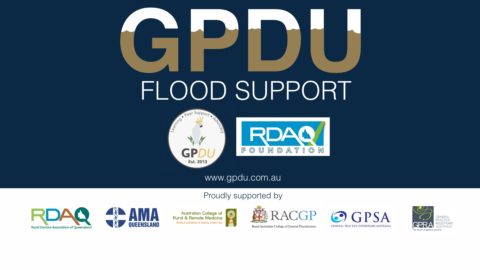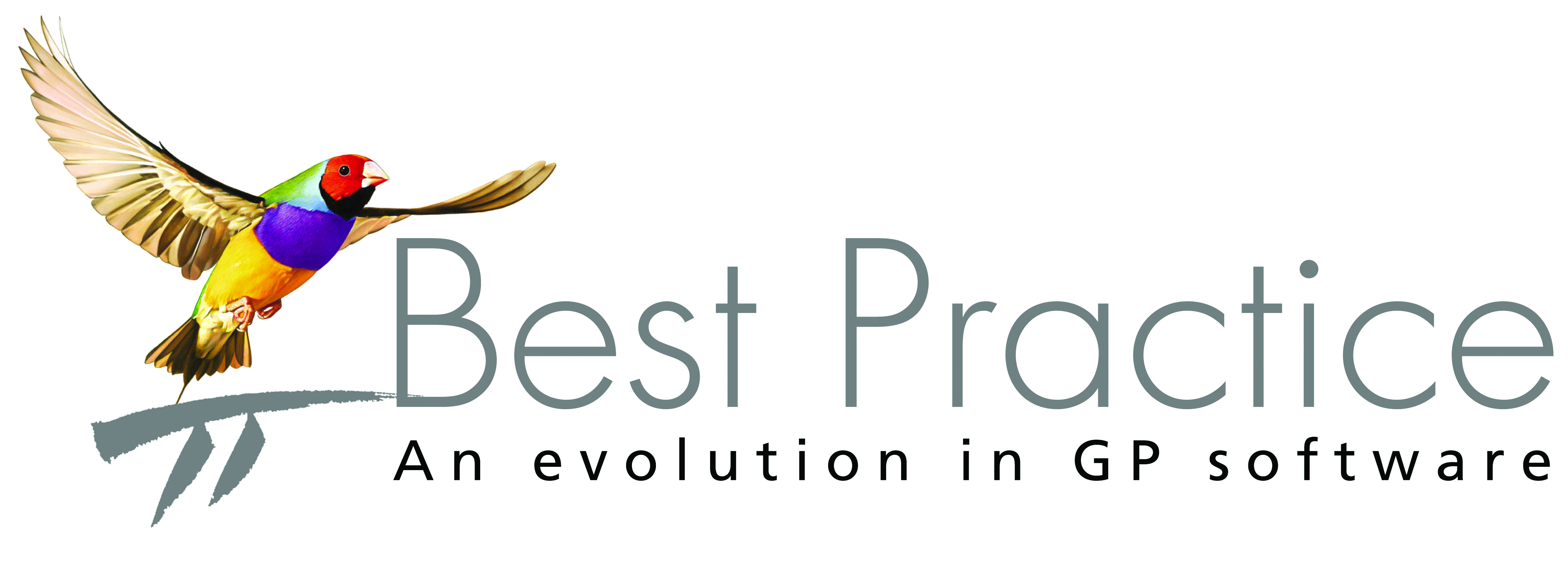Quality improvement in general practice: beyond the numbers
MARY BETH MACISAAC
Published on Insights+ with MJA 17 September 2018
This is the ninth article in a monthly series from members of the GPs Down Under (GPDU) Facebook group, a not-for-profit GP community-led group with 5800 members, which is based on GP-led learning, peer support and GP advocacy.
WHAT is quality in general practice? Definitions can be elusive, but we know quality when we see it: a doctor who is building longitudinal relationships with patients and community, committed to lifelong learning and engagement in patient care, and working within a collaborative, supportive practice.
What is more controversial is how quality is measured. Recent initiatives such as the Quality Improvements in General Practice — Practice Incentives Program have sought to improve quality at an individual practice level. While this sounds like a good idea, it is still unclear as to what will qualify as a quality improvement activity and whether it will translate into higher quality practice.
Of greater concern, practices are required to submit de-identified data. The use of these data is also unclear; certainly, articles such as the Australian Healthcare and Hospitals Association Blueprint for a post-2020 National Health Agreement link data to performance and outcomes, and discuss “targeted performance measures” in relation to funding.
One might ask, what is the problem with linking performance to funding?
First, general practice is a complex system. Patients rely on the system for whole-of-person care rather than single disease entities. Factors such as socio-economic status play a major role in outcomes. General practices exist in diverse communities and regions, and general practice consultations manage undifferentiated disease states and high levels of uncertainty; thus, appropriate measures of performance will vary from practice to practice and patient to patient.
Second, performance-based funding creates a system in which activities linked to the performance measures are targeted, at the expense of other areas, and can be subject to gaming.
The third, and perhaps most concerning problem, is that performance-based funding changes the way in which we relate to patients, from a patient-centred consultation model to a biomedical model in which the boxes related to the funding-linked activities must be ticked.
While there are efforts to link data to quality, important aspects of quality in general practice are immeasurable, at least in the traditional quantitative sense. How does one measure the time we spend reassuring a new mum whose baby is constantly crying that yes, everything is okay, building trust and reassurance so she knows that she will be okay too?
How does one measure the time spent with the terminally ill patient discussing their fears around dying? How does one quantify a patient finally trusting you enough to discuss their deepest concerns or their history of abuse? How do you count the efforts made to calm a frightened child who has had one too many needles as a consequence of a terrible diagnosis?
Although we know what is wonderful about general practice, we also know what can be terrible: throughput style medicine with little attention paid to patient concerns, or doing the minimum work to satisfy the criteria to bill a Medicare item number, for example. Unfortunately, top-down initiatives do little to improve these circumstances.
As GPs, we know what represents the worst of our profession, and we cringe when we are defined by it. Nonetheless, we have only just seen the first signs of spring after years of a Medicare rebate freeze, and those who exclusively bulk bill must either work for less money (to deal with the increasing complexity in health care) or see more patients for shorter consultations. We do see the need to fairly remunerate quality work and would love to see quality in general practice recognised.
So, what then is the solution to improving quality in general practice? The solution lies with GPs ourselves. We need to be supported to collaborate, to communicate, and to reflect on our own weaknesses. Through grassroots initiatives such as GPs Down Under, we are defining the standards of our own practice and encouraging our colleagues to improve their practice.
Sometimes, improvement comes from changing our communication style or seeing an issue from a different point of view; sometimes, from learning a new technique. But always, if we are motivated and encouraged to improve, we can find ways to learn from one another. Any quality improvement initiative needs to come from the coalface, a solution uniquely tailored to the challenges of GPs in a particular area. Professor Jeffrey Braithwaite, president elect of the International Society for Quality in Healthcare, says “all meaningful improvement is local, centred on natural networks of clinicians and patients”.
Rather than deploying top-down initiatives that risk further disengaging clinicians and subsequently patients, the government should be seeking ways to support local innovation and collaboration in clinical practice, and funding general practice research. These initiatives would engage and empower general practice.
Possible obstacles to a bottom-up approach to quality improvement include concerns about whether quality is indeed being improved, and accountability to patients and funders. One possible way to address these concerns would be the European approach of quality circles.
Quality circles are small, autonomous, voluntary groups of GPs or allied health professionals who meet with the intent of improvement in patient care. These groups focus on areas such as peer feedback of consultation style, guideline implementation, or skills and knowledge base. The quality circle methodology has been shown to be cost-saving with respect to prescribing and supportive for practitioners starting in private practice. In Australia, many GPs already participate in small group learning; the quality circle concept could simply expand on something already being done. Incentivising the practitioners to participate would likely be well received.
Quality circles exist on a local level but could be supported on a national level. Rather than a national approach to a single disease entity or measurement, they would allow GPs to address emerging problems in their local area, such as an increase in mental health issues or a lack of aged care resources.
Regardless of the methodology ultimately adopted, the quality improvement initiative needs to come from general practice itself. If we do not want to adopt a primary health care system based on a biomedical model that chases performance targets, we need political and health system recognition of the true value of general practice. GPs need to be meaningfully engaged in codesigning a system that enhances that value. Access to primary care physicians is associated with reduced mortality – in other words, our contribution is lifesaving. Isn’t it time that we were asked about how we can make a better contribution to the health system, rather than having targets imposed on us?
Vitally, if we are meaningfully engaged in our own quality improvement initiatives, we have reason to commit to them. It can be argued that commitment and caring are ultimately the best markers of a good GP, but of course, they are immeasurable.
Avedis Donabedian, lauded as the “Father of quality assurance” is quoted as saying “ultimately, the secret of quality is love”. Most definitely, love is not quantifiable. But it is extraordinarily important in health care; it results in engaging, listening, caring and, ultimately, in striving to do things better. It is the difference between doing what can be counted and doing what counts.
Dr Mary Beth MacIsaac is a GP in south east Sydney. She has also worked as a locum in the Northern Territory and Tasmania. Before coming to Australia, she trained and worked as a GP in rural Canada. She is involved in GP registrar supervision and training. She is passionate about the vital role of general practice in the community, having been inspired by her supervisors while working as a medical student on a rural placement. Mary Beth has recently become a member of the RACGP Expert Committee – Quality Care.
The statements or opinions expressed in this article reflect the views of the authors and do not represent the official policy of the AMA, the MJA or MJA InSight unless that is so stated.
To find a doctor, or a job, to use GP Desktop and Doctors Health, book and track your CPD, and buy textbooks and guidelines, visit doctorportal.








